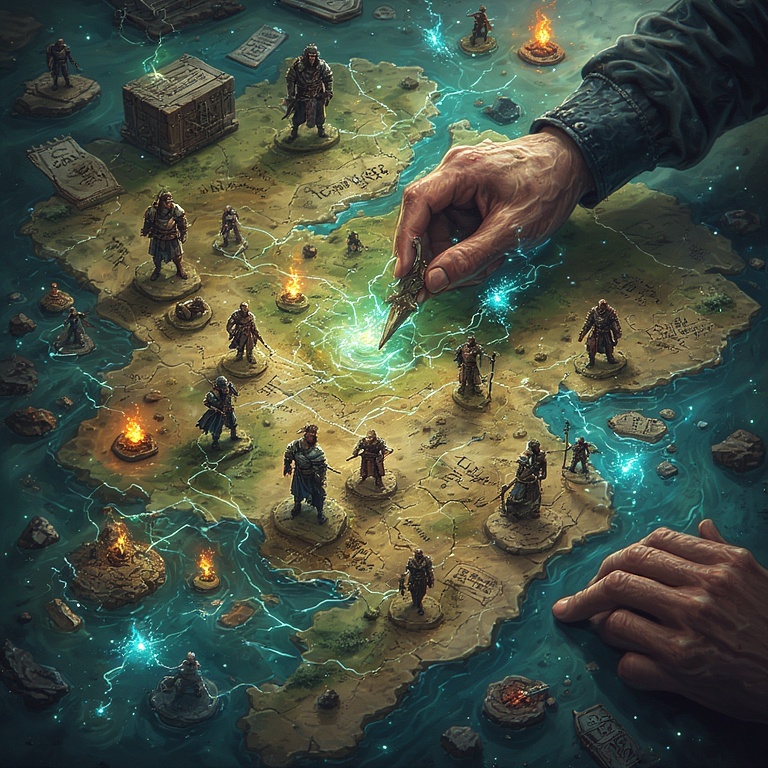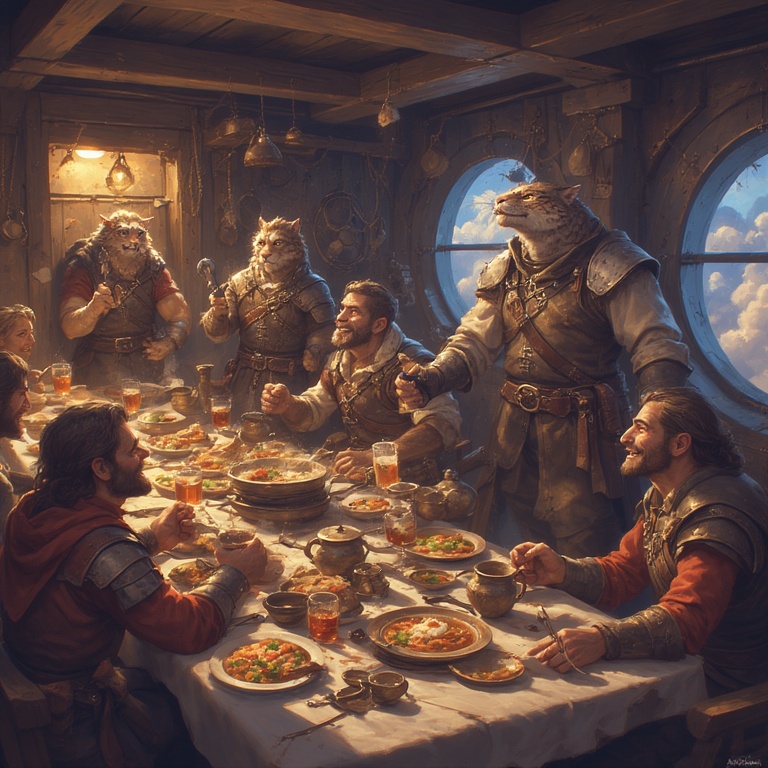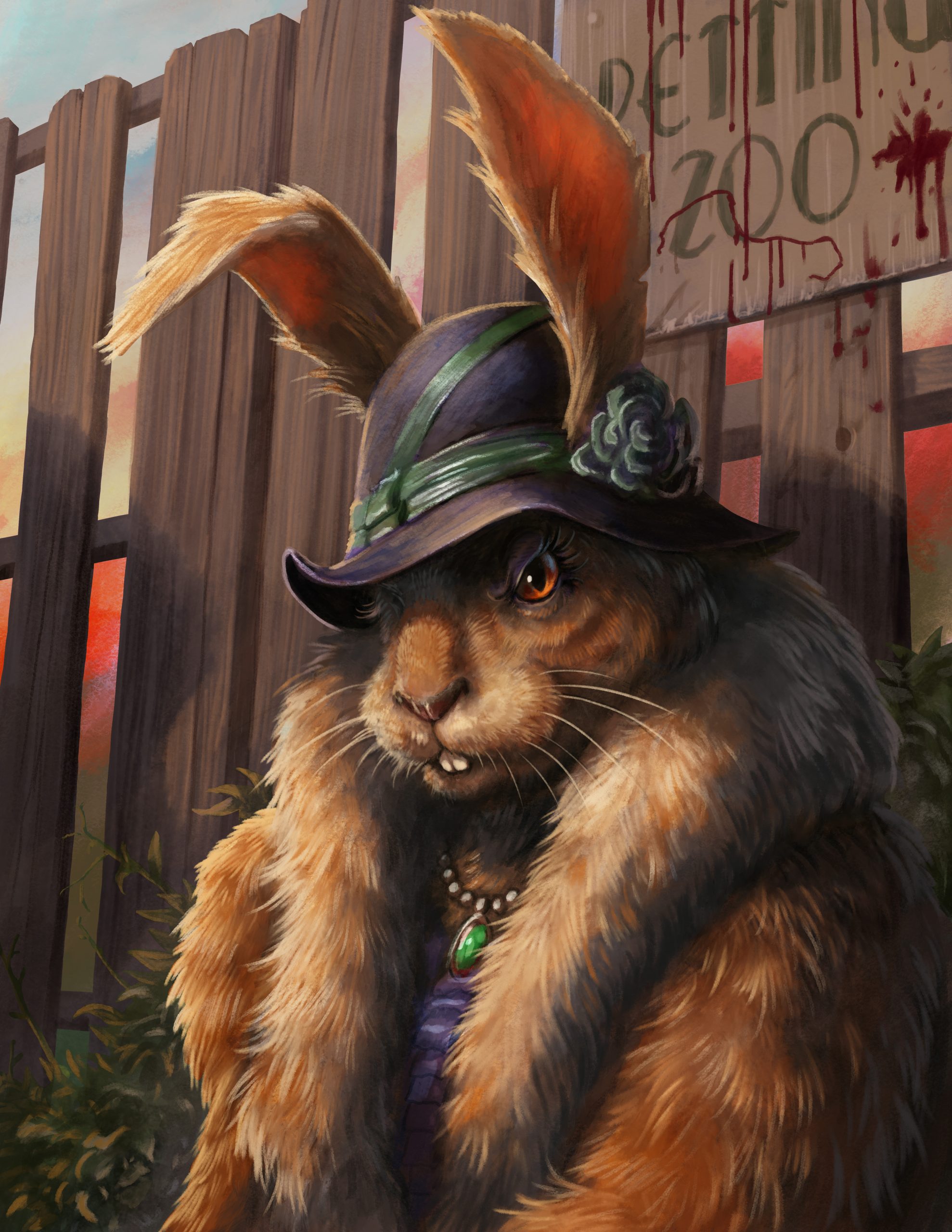
Feasts in D&D: More Than a Meal — A DM & Player Guide to Using “Feast” in Your Story
In Dungeons & Dragons, a feast is far more than a table full of roasted boar and overflowing tankards.
It’s a narrative tool, a cultural symbol, a spell, a plot hook, a reward, a temptation, and sometimes a trap. How the term is used—from the DM’s setup to the player’s interpretation—can enrich the world and deepen the game.
the world and deepen the game.
Below we explore the many forms a feast can take, and how both DM and players can bring it to life at the table.
1. The Literal Feast: Food as Worldbuilding
DM’s Perspective:
A feast is a way to showcase culture, status, and tension all in one room.
What people eat reflects what they value and what resources they have.
Examples:
-
A dwarven feast of stone-roasted meats, mineral spirits, and mushroom loaves.
-
An elven moonlit feast of ethereal wines, glowing fruits, and wind-harp performances.
-
A goblin “feast” of stolen scraps, questionable stews, and half-burned sausages.
Feasts are excellent places to:
• Introduce NPCs
• Drop rumors
• Offer political intrigue
• Foreshadow conflicts
Player’s Perspective:
Feasts give players a stage to roleplay.
How your character behaves says a lot:
Does the barbarian eat like they haven’t seen food in a month?
Does the rogue pocket a silver fork?
Does the paladin deliver a formal toast?
Does the druid talk to the roasted pig apologetically?
Use feasts to reveal quirks and deepen character identity.
2. The Magical Feast: Mechanics, Boons, and Wonders
One of D&D’s iconic spells is Heroes’ Feast, a 6th-level cleric/druid ritual that provides:
-
Immunity to fear
-
Immunity to poison
-
Bonus HP
-
Advantage on some saves
-
Strong narrative significance
But magical feasts don’t have to be limited to this spell.
DM’s Perspective:
Use magical feasts to create:
-
Blessed banquets from celestial beings
-
Cursed feasts that enthrall or bewitch
-
Seasonal feasts tied to fey courts
-
Celebratory feasts after major victories
A feast can be a quest reward or magical ritual that binds allies together. It can even be a plot device:
-
Food enchanted to cause hallucinations
-
A dish that acts as a truth serum
-
A dessert that reveals visions of the past
Player’s Perspective:
Players can treat magical feasts as:
-
Strategic buffs
-
Roleplay opportunities
-
Cultural rituals for their character’s background
A cleric of a harvest deity may insist on preparing a ritual feast before major battles.
A wizard might analyze the magic lingering in the food.
A warlock may view a feast as an offering to their patron.
Magical feasts serve as bridges between mechanics and story.
3. The Social Feast: Diplomacy, Danger, and Intrigue
DM’s Perspective:
Feasts can be political minefields.
A poorly chosen toast can ignite a war.
A poisoned platter can kick off a mystery.
A seating arrangement can signal alliances.
Use the feast setting to:
-
Test the party’s social skills
-
Introduce rival factions
-
Unveil important lore
-
Create tension without combat (for now)
Player’s Perspective:
A feast is a chance to shine in social encounters.
Players can:
-
Diplomatically navigate noble politics
-
Investigate suspicious servers
-
Flirt with royalty
-
Perform bardic songs
-
Challenge someone to a drinking contest
-
Make alliances over shared food
It’s a perfect scenario for creative problem-solving and interpersonal drama.
4. The Metaphorical Feast: Themes, Descriptions, and Symbolism
“Feast” doesn’t have to mean food.
DM’s Perspective:
A feast of:
-
Knowledge (a magical library of unlimited scrolls)
-
Spirits (a celebration of ghosts honoring ancestors)
-
Battle (a war god’s arena during high holy days)
-
Chaos (a wild magic region where everything is too much)
Using feast metaphorically lets you enrich descriptions:
“The battlefield was a feast of clashing steel and roaring flame.”
“The city offered a feast of scents—spices, smoke, and sea air.”
Player’s Perspective:
Players can use metaphors in character speech to deepen personality.
A bard may call a library “a feast for the mind.”
A barbarian may declare a raid a “feast of glory.”
A rogue may say information is “the only feast worth sneaking for.”
It lets players flavor their dialogue and world interactions.
5. The Feast as a Story Catalyst: Hooks and Adventures
Feasts make perfect adventure starters.
DM’s Hooks:
-
The Feast of the Hunt: A great beast escapes mid-celebration.
-
The Feast of Masks: Disguised assassins blend into the crowd.
-
The Wailing Feast: A ghostly banquet repeats a tragic event the party must break.
-
The Banquet of Chains: Every guest is subtly charmed and can’t leave.
-
The Harvest Feast: Something—or someone—stole the entire town’s crop overnight.
Player Approaches:
Players can use feasts to launch personal stories:
-
A family reunion feast revealing long-hidden secrets
-
A homecoming feast disrupted by enemies
-
A hero’s feast performed in honor of a fallen friend
-
A feast that ties into a character’s cultural rite of passage
Feasts can be moments of celebration, horror, discovery, or change.
Conclusion: More Than Dinner on a Table
Whether literal or mystical, political or metaphorical, the term feast is a powerful storytelling tool in D&D.
For DMs, it’s a way to build worlds, shape tension, or grant powerful boons.
For players, it’s a moment to reveal character, bond with the party, and influence the narrative.
Next time you bring a feast into your campaign, consider what it means—to the world, to the characters, and to the story you’re shaping together.
Thanks for reading. Until Next Time, Stay Nerdy!!













No Comments